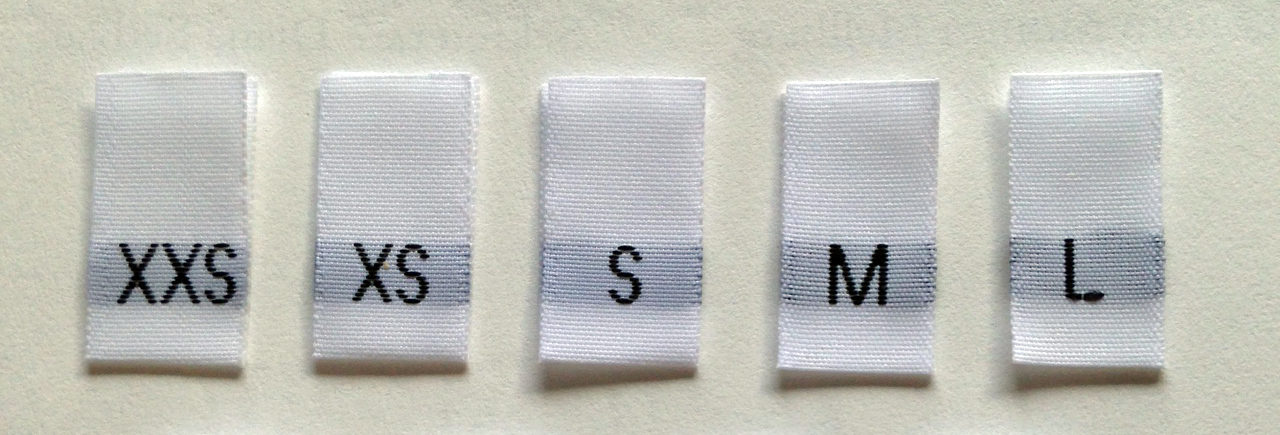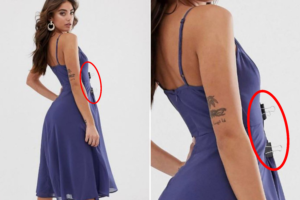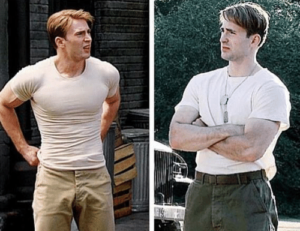Clearly, the difference between an ill-fitting t-shirt and a well-fitted t-shirt makes all the difference to someone’s look.
A good fit sells, which is why a lot of clothing companies will go to great lengths to make their clothes look better-fitting on the models they use in adverts, with the help of pins and alterations. The online retailer ASOS was caught doing this, causing outrage and wider awareness of this misleading practise.
All this to disguise a reality of clothes bought in shops or online that often fit poorly, sorted into five discrete standard sizes (XS, S, M, L, XL). This system is obviously flawed. There are 66 million people in the UK alone, which means 66 million unique body shapes and sizes. Therefore, the odds that just these five sizes will cater for all of the population and fit them all perfectly are very narrow. No wonder ASOS needs to pin back their dresses!
I do understand that when people buy clothes which have standard sizes, the clothes might “fit” them, but whether these clothes fit them perfectly is a different question. Take, for instance, small but badly designed details of t-shirts that often ruin what might otherwise be a good fit.
Examples of this are as follows: a t-shirt might be too loose on the biceps, too short, or too boxy around the waist. Although the details are small, they can make or break an outfit. Have a look at this and ask yourself which looks better. (Chris Evans has not been edited through CGI at all in the second picture.)
Standard sizes are generally acceptable for the minority of us with bodies that are conventional enough to suit them.
However, standard sizes become redundant for those of us who are, say, tall and skinny, short and muscular, or have long arms but a short torso. We can either choose to tailor our clothes (which costs usually £20 a top) or can shop at our respective “unique sized stores”, like the ‘Big and Large’ shops one finds. The former can be very expensive and the latter generally offers only a narrow range of unimaginative designs.
It is fair to say that when we walk into a normal shop for clothes, it is unlikely that we are going to walk out with our perfect fit. These shops should sell their clothes with clips too! The problem is further extended when we compare different products supposedly of the same size.
I am sure there have been times when you have gone to one shop and bought two different products, but in the same size. However, although they are technically the same size, they fit differently. This is not you going mad. They are in fact different. This is a real problem in the clothing industry. As I discussed in the previous blog, seamstresses are under intense pressure to manufacture clothes. This results in discrepancies in the seam allowance. Sometimes a centimetre will be cut off, sometimes it will be three – there is no consistency. If you find an item that fits in a shop that you like, it is unlikely you will find that exact fit again in the same shop.
Working on my tailoring algorithm, I researched the fits of existing clothes sold widely. From a particular shop, for instance, I found that the neck opening of a large was actually smaller than the neck opening of a medium. I was shocked by this clearly sloppy mistake, which clearly demonstrates the problem with untailored apparel in standard sizes.
At the moment, buying clothes in standard sizes feels like a gamble, especially for those who care about a good fit. That is why Latorio strives to provide tailored clothes with an excellent fit, meaning your time and money will not be wasted looking for a perfect fit in irregular and unreliable standard sizes.
Please share this blog,
Nathan Mistry




It is true that one size never seems to be the same, especially in Primark. But the pre cut material surely should eradicate this inconsistency?
Perhaps personal fit could be the way forward, time will tell. Could be kinder to the environment if clothes are kept longer due to the better fit and not used as disposable items of fashion.